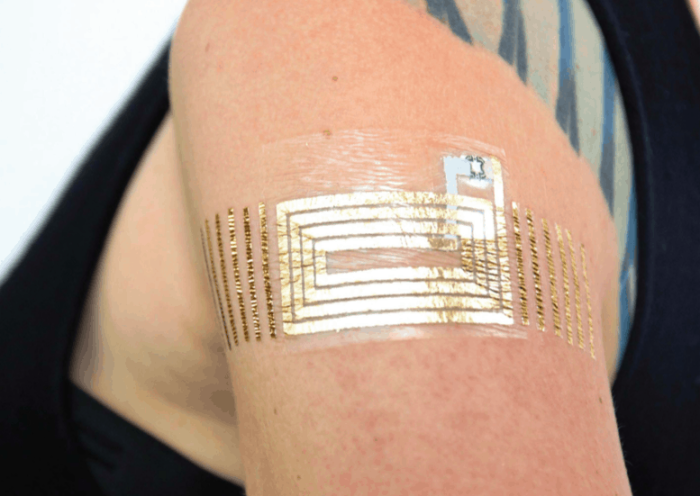Microsoft Research creates smart tattoos with Tattio
3 min. read
Published on
Read our disclosure page to find out how can you help Windows Report sustain the editorial team. Read more

While we already live in a world where technology is nearly everywhere, engineers at Microsoft Research are hard at work in imagining what’s next and pushing boundaries. And if the Redmont giant is on a mission to empower everyone through ubiquitous services that will increasingly rely on artificial intelligence and machine learning, Microsoft engineers are also exploring how technology could augment the human body through DNA-based storage and smart tattoo technology that “blends aesthetics and functionality.”
According to a new report from Winbuzzer, Microsoft has just published a research paper about Tattio, a proof of concept for a tattoo-inspired temporary connected skin device that could complete the company’s efforts in quantified self and wearable technology. The research paper acknowledges that human skin, “the largest organ on the body, has been recognized as a promising surface for human-computer interactions.” Furthermore, as miniaturization of electronics enables technology to be actually wearable, Microsoft has designed Tattio as a small skin tatoo that could store NFC tags and circuitry while being skin-safe and customizable:
Furthermore, as miniaturization of electronics enables technology to be actually wearable, Microsoft has designed Tattio as a small skin tattoo that could store NFC tags and circuitry while being skin-safe and customizable:
The fabrication process that draws from current body decoration processes (i.e., jewelry like metallic temporary tattoos) for the creation of on skin technology. The fabrication process generates functional components such as NFC tags, circuitry, to thermochromic tattoos, while maintaining the aesthetics and user experience of existing metallic temporary tattoos. The fabrication process is low cost, accessible and customizable; we seek to enable individuals to design, make, and wear their own skin technology creations.
To create those smart metallic tattoos, the engineers have created a straightforward process where they gild the metal circuitry in gold, create a stencil design with the Silhouette Cameo software before applying gold imitation leaf onto tattoo paper with stencil traces. The NFC tags embedded in the circuitry are robust enough to last around a day, and the engineers have designed a phone app that let participants interact with each other through their tattoos which could be associated with image and text to create a “digital identity.”

Microsoft engineers shared that “we hope our work inspires in bridging the emerging field of on-skin electronics to the everyday maker, while rethinking cultural and aesthetic perspectives for the design of on- skin technology.” You can read the full research paper over here.
What do you think of this proof of concept? Do you think smart tattoos could have interesting use cases? Please tell us what you think in the comments.








User forum
0 messages